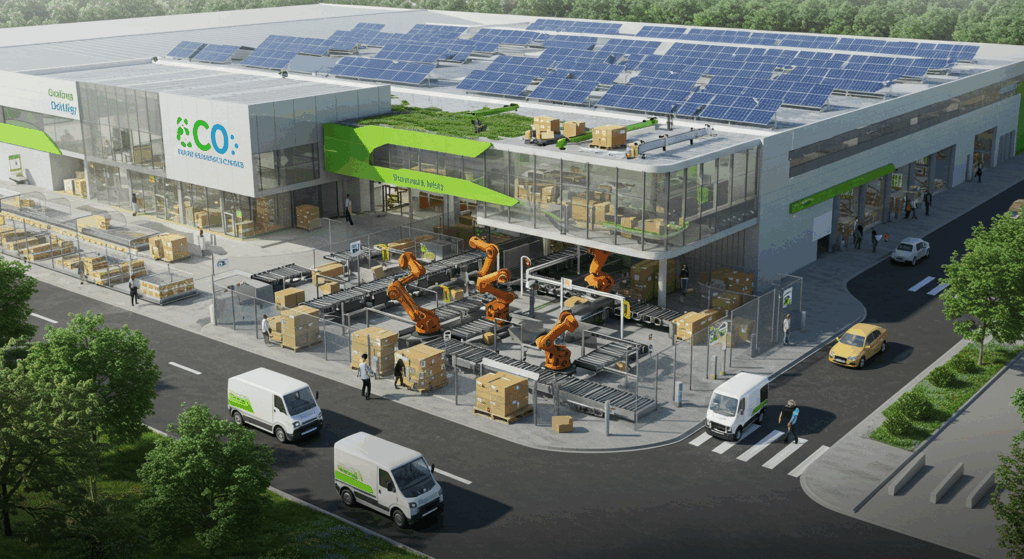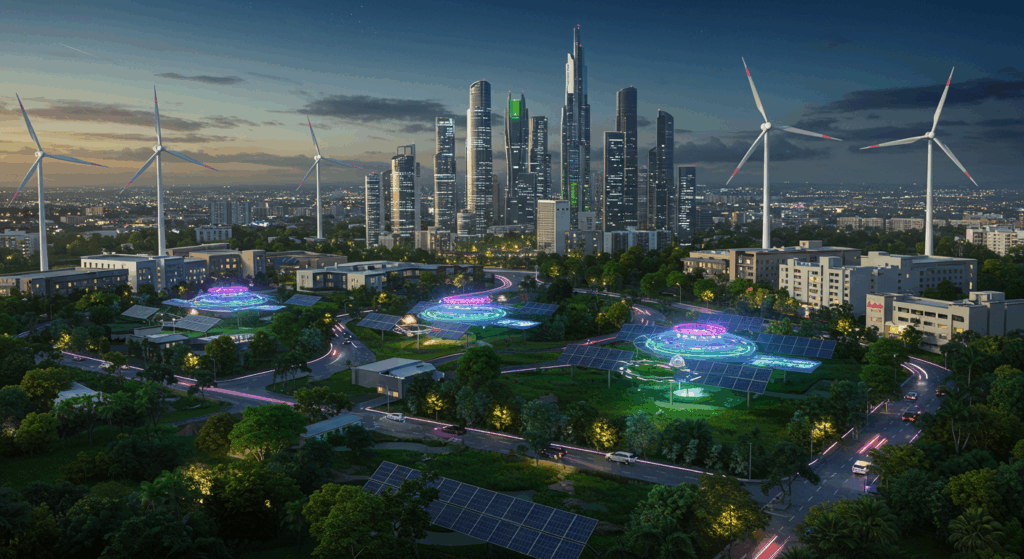AI is revolutionizing sustainability in 2025 and beyond!

What if the technology we rely on daily could also save the planet? In 2025, artificial intelligence (AI) is doing just that—revolutionizing sustainability by helping us live greener, smarter, and more responsibly. From reducing carbon footprints to optimizing renewable energy, AI is at the forefront of a global movement to combat climate change and build a sustainable future. At NovexaHub, we’re diving into this transformative trend in our technology category, exploring how AI is driving eco-friendly innovations today—and what it promises for the years ahead. Ready to see how technology and sustainability are joining forces to create a better world?
AI-Powered Energy Efficiency: A Smarter Way to Save

AI is transforming how we use energy, making it more efficient and less wasteful. Smart grids powered by AI algorithms are now optimizing electricity distribution, reducing energy loss, and predicting demand in real time. Companies like Google have used AI to cut energy consumption in their data centers by 40%, a model that’s inspiring industries worldwide. In homes, AI-driven smart thermostats—like those from Nest—learn your habits and adjust heating or cooling to save energy without sacrificing comfort. These innovations aren’t just cutting costs; they’re shrinking carbon footprints, proving that small changes, amplified by AI, can lead to massive environmental impact. Imagine a world where every watt of energy is used wisely—AI is making that vision a reality.
Sustainable Supply Chains: AI’s Role in Reducing Waste

The global supply chain is notorious for its environmental toll, but AI is stepping in to change that. By analyzing vast amounts of data, AI helps companies like Walmart and Amazon optimize their logistics, reducing fuel consumption and packaging waste. AI-powered tools can predict demand with pinpoint accuracy, ensuring brands don’t overproduce—a major win for sustainability. Fashion retailers are using AI to create made-to-order clothing, cutting down on unsold inventory that often ends up in landfills. Meanwhile, AI systems are helping farmers reduce pesticide use by identifying exactly where and when crops need treatment, protecting ecosystems while boosting yields. With AI, the supply chain isn’t just more efficient—it’s greener, paving the way for a circular economy.
Renewable Energy Revolution: AI as the Ultimate Ally

Renewable energy is the backbone of a sustainable future, and AI is supercharging its potential. In 2025, AI is optimizing solar and wind energy production by predicting weather patterns and adjusting energy output in real time. For example, IBM’s AI models are helping wind farms increase energy production by up to 20% through better turbine management. AI is also making energy storage smarter—think batteries that charge and discharge at the perfect moment to balance the grid. This technology is crucial for scaling renewables, ensuring clean energy is available even when the sun isn’t shining or the wind isn’t blowing. As AI continues to evolve, it’s becoming the ultimate ally in the transition to a fossil-fuel-free world.
The Path Forward: A Greener Tomorrow with AI

AI’s role in sustainability isn’t just about today—it’s about building a foundation for tomorrow. Governments and companies are increasingly partnering with AI innovators to meet ambitious climate goals, from achieving net-zero emissions to restoring biodiversity. AI-driven tools are helping cities plan smarter urban spaces, reducing traffic congestion and pollution. At the consumer level, apps powered by AI are encouraging sustainable habits, like tracking your carbon footprint or suggesting eco-friendly products. But challenges remain: AI itself consumes energy, and ensuring its environmental impact stays minimal is critical. What do you think—can AI truly lead us to a greener future, or are there risks we need to address? Share your thoughts in the comments below, and explore more tech trends at NovexaHub’s technology category, where innovation meets impact.
